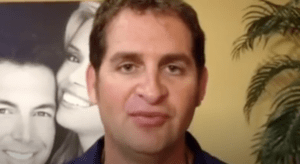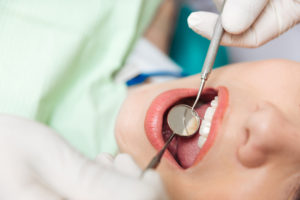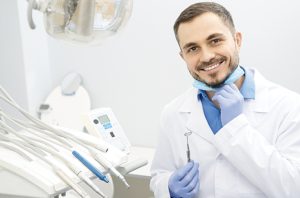Minimally invasive dentistry is a branch of dentistry that has the aim of preserving the mouth’s original tissue and conserving healthy tooth structure as much as possible. It is a proactive approach to dentistry based on the idea that original healthy tissue is more valuable than an artificial device or appliance, such as dentures. The goal of minimally invasive dentistry is to detect dental issues as soon as possible and at the earliest level, in order to prevent any further damage. With minimally invasive dentistry, dentists strive to diagnose, interrupt, and treat tooth decay in a manner that is less invasive and easier for the patient. In the area of minimally invasive dentistry, there are various approaches to treatment:
- Prevention is a foundation of minimally invasive dentistry. Oral healthcare routines and preventable dentistry are extremely important in gaining and maintaining a healthy smile.
- Risk assessment. Minimally invasive dentistry also places an increased focus on early detection of disease and prevention. Regular dental exams help assess the risk of issues such as tooth decay or gum disease.
- Remineralization strategies. Research has shown that certain approaches will help the original tooth structure repair itself. New biocompatible materials allow dentists to fill lesions to prevent the development of cavities.
- Emphasizing repair over replacement. More priority is placed on making sure the original tissue is respected. Drilling and placing large fillings are viewed as a last resort instead of the first point of action.
- Less invasive techniques: Every effort is made to use the least invasive approach to treatment, which ultimately makes dental care more comfortable for the patient.
With traditional restorative dentistry, many dentists would use a drill as the first course of treatment for tooth decay. However, new advances in dental care allow for a more nuanced approach that attempts to repair and preserve as much of the original tooth structure as possible.
Another aspect of minimally invasive dentistry is making sure you are choosing a dentist who is committed to helping you preserve your teeth and using less invasive treatment methods. If you have a dentist who prefers traditional methods, you may want to take the time to find a dentist who employs minimally invasive techniques and strives to make the patient experience as comfortable as possible. Visit our directory to find a certified pain-free dentist near you.
















